Singaraja, a captivating city nestled in the heart of Bali, beckons travelers with its rich cultural heritage, intriguing history, and vibrant economic landscape. From its humble beginnings as a small trading port to its rise as a prominent cultural and economic center, Singaraja’s story is a tapestry woven with diverse threads.
Geographically, Singaraja is strategically located on the northern coast of Bali, offering breathtaking views of the Java Sea. Its population, a vibrant mix of locals and expatriates, contributes to the city’s cosmopolitan atmosphere. The climate, characterized by warm temperatures and abundant rainfall, nurtures a lush tropical environment.
Introduction
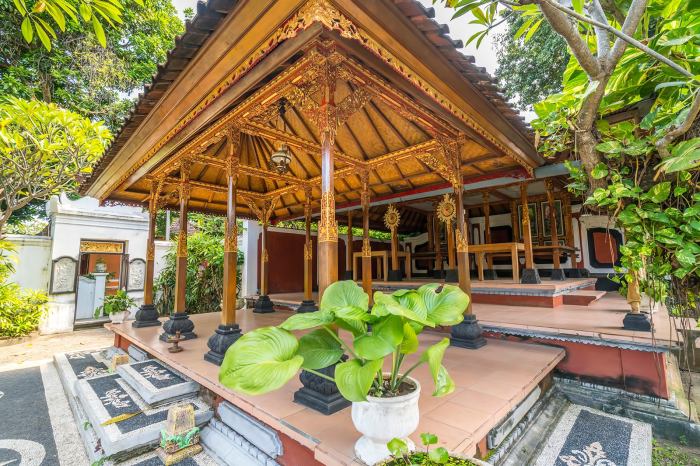
Singaraja, the former capital of Bali, Indonesia, is a city steeped in history and culture. Its strategic location on the north coast of the island has made it a vital center for trade and commerce throughout the centuries.
The city’s origins can be traced back to the 16th century when it was founded by the Balinese kingdom of Mengwi. It quickly grew into a major port and trading hub, attracting merchants from across the region. In the 19th century, Singaraja became the capital of the Dutch East Indies, and its influence and prosperity reached its peak.
Cultural and Economic Center
Singaraja has long been a cultural and economic center of Bali. It is home to numerous temples, palaces, and museums, which showcase the island’s rich artistic and architectural heritage. The city is also a center for education, with several universities and colleges located within its boundaries.
In addition to its cultural significance, Singaraja is also an important economic hub. The city is home to a number of industries, including tourism, agriculture, and manufacturing. Its port continues to play a vital role in the island’s economy, handling both domestic and international trade.
Geography and Demographics
Singaraja is a port city located on the northern coast of Bali, Indonesia. It is the capital of the Buleleng Regency and is situated approximately 90 kilometers northwest of Denpasar, the provincial capital. The city is bordered by the Java Sea to the north and the West Bali National Park to the west.
Singaraja, the former capital of Bali, is a charming city with a rich history. Its historical buildings and cultural landmarks attract many visitors. If you’re looking for a comfortable and convenient place to stay during your trip to Singaraja, consider the Burza Hotel Jogja.
This modern hotel offers a variety of amenities and services to make your stay as enjoyable as possible. After exploring the city’s attractions, you can relax in the hotel’s swimming pool or enjoy a meal at the on-site restaurant. The Burza Hotel Jogja is an excellent choice for travelers who want to experience all that Singaraja has to offer.
As of 2020, Singaraja had a population of approximately 100,000 people, with a population density of around 2,000 people per square kilometer. The city is predominantly Hindu, with a significant minority of Muslims and Christians. The official language of Singaraja is Indonesian, but Balinese is also widely spoken.
Climate and Weather Patterns
Singaraja has a tropical rainforest climate, with average temperatures ranging from 25 to 30 degrees Celsius throughout the year. The city experiences two distinct seasons: the wet season, which lasts from October to April, and the dry season, which lasts from May to September.
During the wet season, heavy rainfall is common, while the dry season is characterized by hot and humid weather.
Nestled amidst the lush greenery of Bali, Singaraja exudes a captivating charm. While exploring its hidden gems, take a detour to Swiss Serpong , an enchanting Swiss-themed park that transports you to a picturesque Alpine wonderland. After immersing yourself in the idyllic Swiss ambiance, return to Singaraja, where its rich cultural heritage awaits your discovery.
History and Architecture: Singaraja
Singaraja’s history dates back to the 17th century when it was a small fishing village. In the 18th century, it became the capital of the Buleleng Kingdom. During this time, Singaraja flourished as a trading center and port. In the 19th century, the Dutch colonized Singaraja and made it the capital of Bali.
The Dutch left a lasting legacy on the city’s architecture.Singaraja’s architecture is a blend of traditional Balinese and Dutch colonial styles. Many of the city’s buildings feature intricate carvings and decorations. The city is also home to several historical landmarks, including the Gedong Kirtya Museum, which houses a collection of ancient Balinese manuscripts.
Historical Landmarks and Buildings
* Gedong Kirtya Museum: This museum houses a collection of ancient Balinese manuscripts and other artifacts.
Pura Jagatnatha
This temple is one of the most important temples in Singaraja.
Puri Agung Singaraja
Singaraja is a port city located in the northern part of Bali, Indonesia. The city is known for its beautiful beaches, lush greenery, and rich cultural heritage. If you are looking for a luxurious and unforgettable vacation, you should consider visiting marina bay sands singapore.
This iconic hotel is located in the heart of Singapore and offers stunning views of the city skyline. After enjoying the vibrant city life of Singapore, you can return to the serene and peaceful atmosphere of Singaraja.
This palace was once the home of the Buleleng kings.
Singaraja Market
This market is a great place to find souvenirs and local products.
Taman Soekasada Ujung
This park is located on the outskirts of Singaraja and features a beautiful lake and gardens.
Culture and Traditions

Singaraja is a vibrant city with a rich cultural heritage that reflects the diverse influences of its history. The people of Singaraja are proud of their traditions and customs, which are evident in their festivals, rituals, and ceremonies.Art, music, and dance play an important role in the community.
Local artists create beautiful paintings, sculptures, and other works of art that are often inspired by the natural beauty of the surrounding area. Traditional music and dance performances are a common sight at festivals and other special events.
Festivals
Singaraja is home to a number of colorful festivals throughout the year. One of the most popular is the Singaraja Kite Festival, which is held in August. This festival attracts kite enthusiasts from all over the world, who come to compete for prizes and show off their latest creations.Other popular festivals in Singaraja include the Galungan Festival, which is a time to honor the ancestors, and the Kuningan Festival, which is a time to celebrate the victory of good over evil.
Rituals and Ceremonies
The people of Singaraja also observe a number of rituals and ceremonies throughout the year. One of the most important is the Melasti Ceremony, which is held at the beginning of the Nyepi Festival. This ceremony involves purifying the holy water that is used in the temple ceremonies during Nyepi.Another important ceremony is the Ngaben Ceremony, which is held when a person dies.
This ceremony involves cremating the body of the deceased and sending their spirit back to the afterlife.
Art, Music, and Dance, Singaraja
Art, music, and dance are an integral part of Singaraja culture. Local artists create beautiful paintings, sculptures, and other works of art that are often inspired by the natural beauty of the surrounding area. Traditional music and dance performances are a common sight at festivals and other special events.One of the most popular forms of traditional music in Singaraja is gamelan.
Gamelan is a type of orchestral music that is played on a set of tuned percussion instruments. Gamelan music is often used to accompany dance performances and other ceremonies.Another popular form of traditional dance in Singaraja is legong. Legong is a type of classical dance that is performed by young girls.
Legong dancers wear elaborate costumes and make intricate hand and body movements.
Economy and Infrastructure
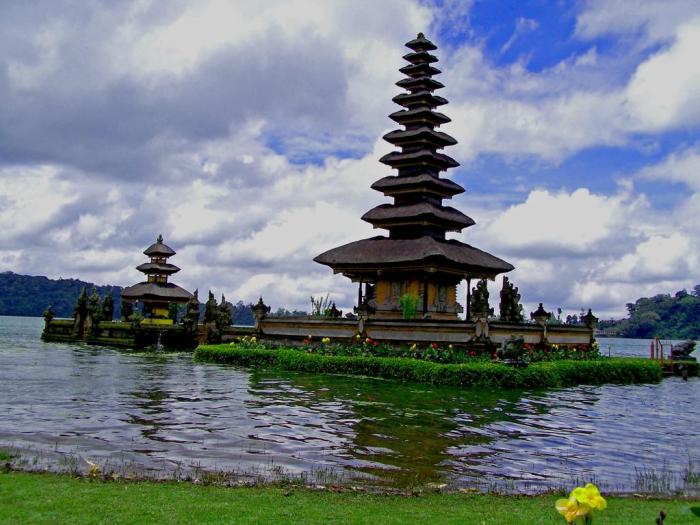
Singaraja’s economy has traditionally relied on agriculture, particularly rice cultivation, and fishing. In recent years, tourism has emerged as a significant industry, with the city serving as a gateway to the surrounding region.
Industries
- Agriculture: Rice cultivation, livestock farming, and fruit production are the primary agricultural activities.
- Fishing: Singaraja is a major fishing port, with a large fleet of fishing vessels operating in the surrounding waters.
- Tourism: The city’s rich cultural heritage, scenic surroundings, and proximity to popular tourist destinations have made it a popular destination.
- Trade: Singaraja is a major trading hub for the surrounding region, with a bustling market and several shopping centers.
Infrastructure
Singaraja has a well-developed infrastructure, including:
- Transportation: The city is connected to the rest of the island by road and rail, and has a small airport.
- Communication: Singaraja has a reliable telecommunications network, with access to high-speed internet and mobile services.
- Utilities: The city has a reliable supply of electricity, water, and gas, and a well-developed waste management system.
Challenges and Opportunities
Singaraja’s economy faces several challenges, including:
- Dependence on a few industries: The city’s economy is heavily reliant on agriculture, fishing, and tourism, making it vulnerable to fluctuations in these sectors.
- Lack of diversification: The city needs to diversify its economy to reduce its vulnerability to economic downturns.
- Limited investment: Singaraja has struggled to attract significant investment, which has hindered its economic growth.
Despite these challenges, Singaraja has several opportunities for economic growth, including:
- Tourism: The city’s cultural heritage and scenic surroundings offer significant potential for tourism growth.
- Trade: Singaraja’s strategic location makes it a potential hub for trade and commerce.
- Investment: The city is actively seeking to attract investment in various sectors, including tourism, trade, and manufacturing.
Tourism and Recreation
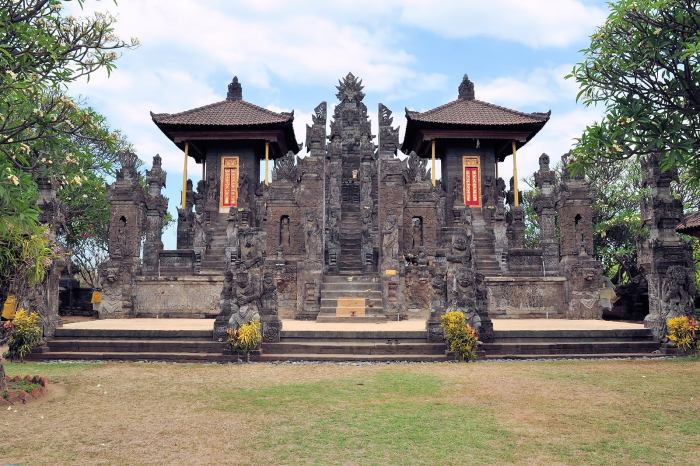
Singaraja offers a unique blend of historical charm and natural beauty, making it an attractive destination for tourists. The city boasts several historical landmarks, including the Gedong Kirtya Library, the former Dutch colonial courthouse, and the Pura Jagatnatha temple. Visitors can also explore the bustling markets, sample local cuisine, and enjoy the scenic views of the surrounding mountains and coastline.
Tourist Attractions
* Gedong Kirtya Library:This historic library houses a vast collection of ancient Balinese manuscripts and palm-leaf lontars, providing a glimpse into the island’s rich cultural heritage.
Former Dutch Colonial Courthouse
This grand building, constructed in the early 20th century, showcases the architectural influence of the Dutch colonial era.
Pura Jagatnatha Temple
One of the most important temples in Bali, Pura Jagatnatha is a sacred site dedicated to Lord Shiva and is known for its intricate carvings and colorful ceremonies.
Pasar Singaraja
This bustling market is a vibrant hub of activity, where visitors can find a wide variety of local products, from fresh produce to handicrafts.
Taman Soekasada Ujung
Located just outside the city, this beautiful water palace offers stunning views of the surrounding mountains and rice paddies.
Potential for Tourism Development
Singaraja has the potential to become a major tourist destination due to its unique attractions and strategic location. The city is easily accessible by air and land, and it offers a range of accommodation options to suit all budgets. With continued investment in infrastructure and promotion, Singaraja can attract more tourists and boost its economy.
Recreational Opportunities
In addition to its historical and cultural attractions, Singaraja also offers a range of recreational opportunities. Visitors can enjoy swimming, sunbathing, and surfing at the nearby beaches. The surrounding mountains provide opportunities for hiking, cycling, and birdwatching. There are also several golf courses in the area, as well as a variety of other sports facilities.
Challenges and Opportunities
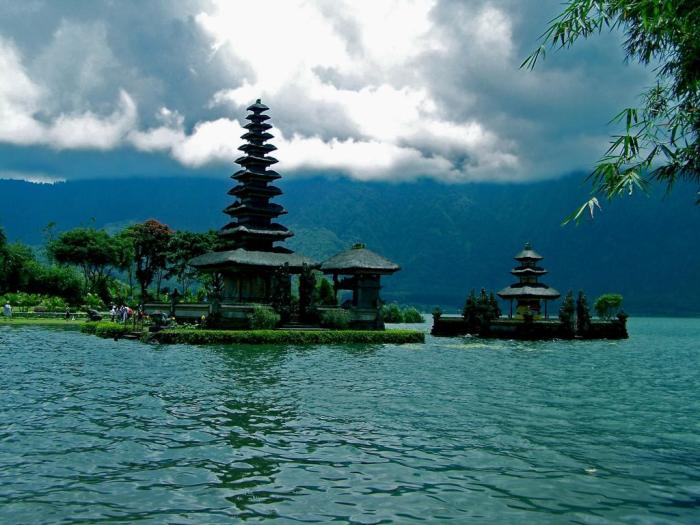
Singaraja, like many other regions, faces various environmental, social, and economic challenges that hinder its sustainable development and prosperity. However, these challenges also present opportunities for growth and innovation.
One of the most pressing environmental challenges is waste management. The city generates a significant amount of waste, which is often disposed of improperly, leading to pollution and health hazards. Addressing this issue requires implementing effective waste management systems, promoting recycling, and educating the community about proper waste disposal practices.
Sustainable Development
To achieve sustainable development, Singaraja must adopt strategies that balance economic growth with environmental protection and social equity. This includes investing in renewable energy sources, promoting sustainable agriculture, and protecting natural resources. Additionally, it is crucial to engage the community in decision-making processes and ensure that development projects align with their needs and aspirations.
Future Growth and Prosperity
Singaraja has the potential for significant future growth and prosperity. The city is strategically located on the north coast of Bali, offering opportunities for tourism, trade, and investment. By capitalizing on its natural beauty, cultural heritage, and skilled workforce, Singaraja can attract visitors, businesses, and investments, leading to economic growth and job creation.
Final Review
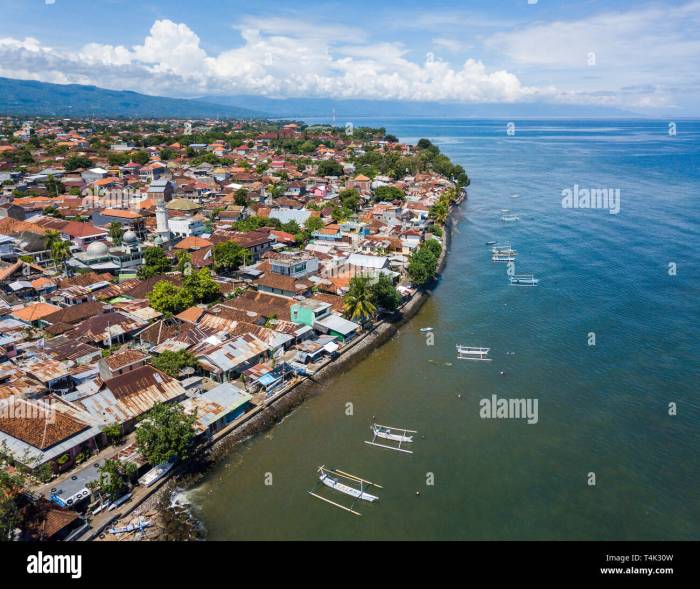
Singaraja’s enduring legacy lies in its ability to harmoniously blend tradition and modernity. The city’s future holds immense promise, with opportunities for sustainable development, tourism growth, and economic prosperity. As Singaraja continues to evolve, it remains a captivating destination that captivates the hearts of all who visit.
FAQ Insights
What is the significance of Singaraja’s geographical location?
Singaraja’s strategic position on the northern coast of Bali has historically made it a vital trading hub and gateway to the island.
What are some of the notable historical landmarks in Singaraja?
Singaraja boasts several historical landmarks, including the Gedong Kirtya, a renowned center for Balinese literature and manuscripts, and the Pura Jagatnatha, a sacred temple dedicated to Lord Shiva.
What are the key economic activities in Singaraja?
Singaraja’s economy is primarily driven by tourism, agriculture, and trade. The city is also home to a growing number of small businesses and startups.